Brunswick Voice was launched as a digital-first publication in 2021, but founder and editor Mark Phillips always had a print edition in his business plan.
The first newspaper was produced at the end of 2022, and since then a further six 16-page editions have been produced, each with a print run of 5000. The free newspaper is distributed quarterly through shopping centres, cafes, libraries, community facilities throughout the Brunswick area in Melbourne’s inner north. In this article, Phillips explains why he decided to go for the hybrid model.
Exposure
“While online publishing is fast, flexible and cheap, all publishers face problems of how to let people know you exist. A key reason for our print publication is to act as a giant promotional brochure which people can see in shops and cafes, and use it to drive traffic and subscriptions on our website. I couldn’t count the number of times people have told me they had never heard of Brunswick Voice until they saw the print edition. It’s also useful in having a presence at community festivals, markets, etc. People are flooded with so much online content that it’s difficult to cut through, but a printed newspaper is such a rare thing these days; it stands out.”
Credibility
“There is an inherent mistrust in much of what people see online, even when it’s professional journalism, which has been caused by social media and the unethical behaviour of some online publishers. Making the investment in a print product has done wonders for enhancing Brunswick Voice’s credibility as people trust and take more seriously something printed on paper.”
Accessibility
“We wanted to make Brunswick Voice as widely accessible as possible, including to people who are not natural online readers/digital natives and people who don’t speak English as a first language.”
Revenue
“For some reason, at this early start-up stage people are reluctant to advertise on our website and in our subscriber newsletter despite much larger potential reach than print, but we have no problems selling advertising in the newspaper. The last few editions, we have sold enough advertising to easily cover our costs and turn a small profit. Hopefully eventually we can leverage off the newspaper to have bundled advertising in print and online and grow revenue that way.”
Phillips notes the difficulties of a print publication, namely the extra effort required for editing and layout — you can’t update or edit it once it has been printed.
“I am pedantic about making Brunswick Voice look and feel like a ‘proper’ newspaper but that requires a lot of care and attention and can feel like a burden. That said, nothing beats getting those copies back from the printers and holding them in your hands,” he says. “It’s really gratifying when friends who work or have worked in senior positions at Melbourne’s daily newspapers remark on how professional the layout is, and that is reflected by the comments from readers as well. Again, it adds to the credibility of the publication.”
Other problems of note around print include the cost — several thousand dollars per edition, for Brunswick Voice. Phillips was unable to find a competitive printer in Victoria so he has the paper printed in New South Wales and freighted down to Melbourne. The logistics of distribution are a constant headache.
“We have mostly opted against letterbox deliveries because we don’t want the paper to go straight to the recycling bin, but that means having a ground game of delivering a dozen or so copies to literally a couple of hundred cafes, shops and other small venues. Some larger supermarkets will take bundles, but they don’t display them well and we suspect toss them out the next day with the daily newspaper returns. The longer we have been printing, venues have become more used to stocking the newspaper which has made it easier, because a lot of them were sceptical and unwelcoming to start with.”
Phillips’ advice for publishers launching a print edition is not to worry about creating any new or exclusive content for print: “We use the newspaper as a kind of digest of what has already been published on the website over the past few months. If a story needs updating for print from what initially appeared online, we’ll do so but most of our articles have a long shelf life. For some of our readers, what they see in the newspaper is ‘news’ to them anyway.
“The whole aim is to whet people’s appetites to explore the website and subscribe so that we can take them up a ladder of engagement towards becoming a paid subscriber/donor. The end game is the online publication, not the newspaper.”


